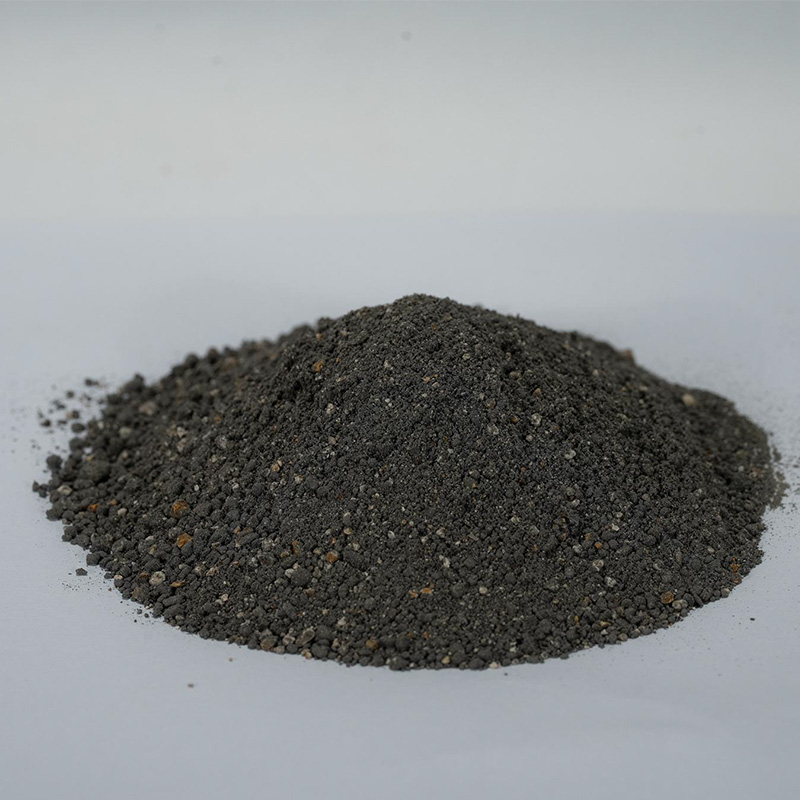Marl
Properties
Most of the constituents such as calcium carbonate, CaCO3 and clay (clay) in the ratio of 35-65% CaCO₃ 35% to 65% clay are milky white. It is a relatively loose limestone with CCE 91-93%, CaCO3 91.09-92.71%, CaO 51.04-51.95%, MgCo3 015-0.43% and MgO 0.04-0.14%.
Benefits
- Helps raise soil pH and reduce soil acidity.
- It helps to enhance the benefits of primary and secondary nutrients, including nitrogen, phosphorus, calcium, magnesium, silicon, and molybdenum.
- It helps to enhance the activity of beneficial microorganisms that are beneficial for plants.
- It helps reduce the toxicity caused by high concentrations of iron, aluminum, as well as pollutants such as pesticides and sulfates in soil solutions.
| Exsamples | %Moisture | pH | %TN | %TOTAL P2O5 | %CIP | %AP | %K2O | %OC | %OM | C/N | EC mS/cm | CCE | %CaO | %MgO | CEC(cmol/kg) | %S | %S |
| Marl Soil |
4.25 | 9.37 | – | – | – | – | – | – | – | – | 0.09 | 81.83 | 40.89 | 0 | – | – | – |
| Dolomite Stone | – | 9.5 | – | – | – | – | – | – | – | – | 0.11 | 107.3 | 20.96 | 19.92 | – | – | |





